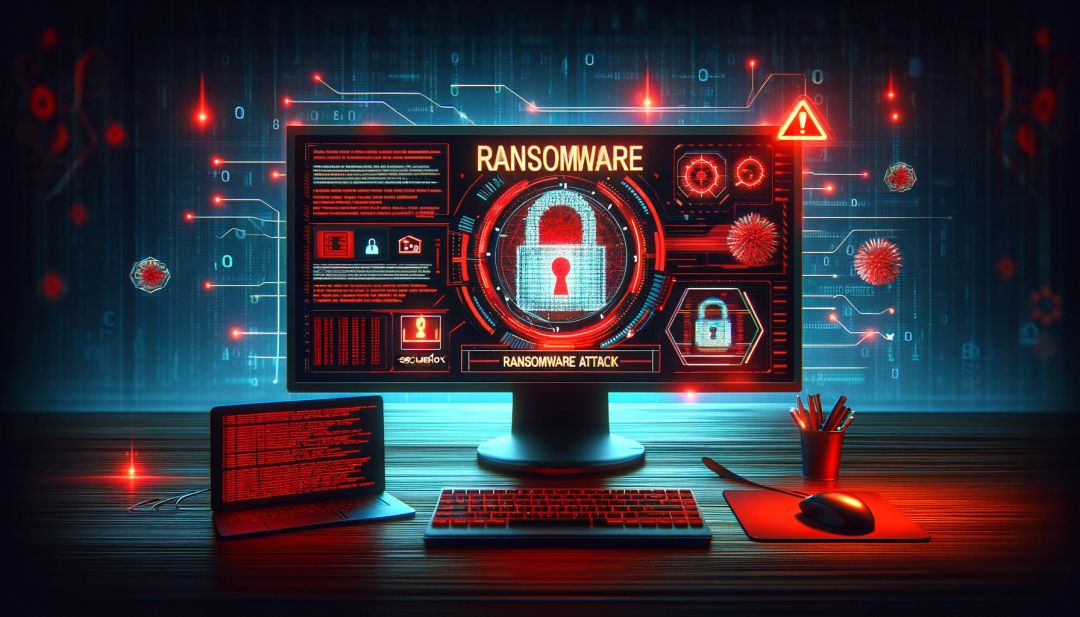



In the ever-evolving world of cybersecurity, staying ahead of emerging threats is a paramount concern for businesses. The year 2024 marks a paradigm shift in cybersecurity, defined by advancements in artificial intelligence (AI), growing compliance standards, and the omnipresence of digital technology. With a global cost of cybercrime expected to reach $10.5 trillion by 2025 and a 15% annual rise, it’s crucial for businesses, especially B2B organizations, to stay informed and prepared.
In the ever-evolving world of cybersecurity, staying ahead of emerging threats is a paramount concern for businesses. The year 2024 marks a paradigm shift in cybersecurity, defined by advancements in artificial intelligence (AI), growing compliance standards, and the omnipresence of digital technology. With a global cost of cybercrime expected to reach $10.5 trillion by 2025 and a 15% annual rise, it’s crucial for businesses, especially B2B organizations, to stay informed and prepared.
AI is rapidly reshaping the cybersecurity landscape, offering predictive insights and automating tasks to move from a reactive to a proactive security approach. However, with great power comes great responsibility. The integration of AI introduces risks, such as the potential for systems exploitation by malicious actors. A balanced approach is essential in embracing AI, equipping employees with the necessary skills to utilize this technology safely.
AI is rapidly reshaping the cybersecurity landscape, offering predictive insights and automating tasks to move from a reactive to a proactive security approach. However, with great power comes great responsibility. The integration of AI introduces risks, such as the potential for systems exploitation by malicious actors. A balanced approach is essential in embracing AI, equipping employees with the necessary skills to utilize this technology safely.

Ransomware, a persistent cyber threat, is undergoing transformation. As enterprises and countries pledge not to pay ransoms, attackers are shifting focus to high-pressure data extortion, particularly targeting small and medium-sized businesses. This trend underlines the need for robust data protection and backup strategies.
Ransomware, a persistent cyber threat, is undergoing transformation. As enterprises and countries pledge not to pay ransoms, attackers are shifting focus to high-pressure data extortion, particularly targeting small and medium-sized businesses. This trend underlines the need for robust data protection and backup strategies.
The rise of generative AI is a double-edged sword. On one hand, it supports stretched security teams with compliance, data analysis, and defense strategies. On the other, it raises concerns about ethical use and the risk of sophisticated AI-driven phishing attacks. The adoption of generative AI in cybersecurity demands a strategic and ethical approach.
The rise of generative AI is a double-edged sword. On one hand, it supports stretched security teams with compliance, data analysis, and defense strategies. On the other, it raises concerns about ethical use and the risk of sophisticated AI-driven phishing attacks. The adoption of generative AI in cybersecurity demands a strategic and ethical approach.
Zero trust, emphasizing the principle of never assuming trust even within the network, is becoming mainstream. With increasing mandates from governments and corporations, zero trust is evolving from a gold standard to a standard practice, essential in combating sophisticated cyber threats.
Zero trust, emphasizing the principle of never assuming trust even within the network, is becoming mainstream. With increasing mandates from governments and corporations, zero trust is evolving from a gold standard to a standard practice, essential in combating sophisticated cyber threats.
Compliance standards are growing, driven by regulations like the EU Cyber Resilience Act and the Digital Operational Resilience Act (DORA). These standards necessitate investment in security, mandating transparency in reporting breaches. Compliance is no longer optional but a critical component of cybersecurity strategy.
Compliance standards are growing, driven by regulations like the EU Cyber Resilience Act and the Digital Operational Resilience Act (DORA). These standards necessitate investment in security, mandating transparency in reporting breaches. Compliance is no longer optional but a critical component of cybersecurity strategy.
As we navigate through 2024, it’s clear that cybersecurity is not just a technological challenge but a strategic imperative. From embracing AI and zero trust architecture to adapting to new compliance standards, businesses must be vigilant, adaptive, and proactive. At Secureflo, we understand these challenges and are committed to guiding our B2B clients through this complex landscape, ensuring not just compliance but resilience against evolving cyber threats.
As we navigate through 2024, it’s clear that cybersecurity is not just a technological challenge but a strategic imperative. From embracing AI and zero trust architecture to adapting to new compliance standards, businesses must be vigilant, adaptive, and proactive. At Secureflo, we understand these challenges and are committed to guiding our B2B clients through this complex landscape, ensuring not just compliance but resilience against evolving cyber threats.





